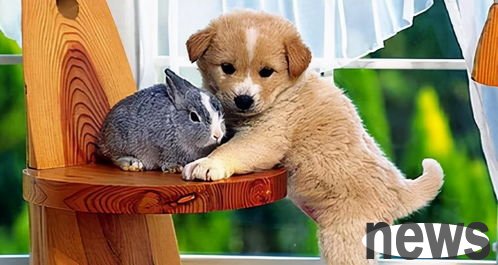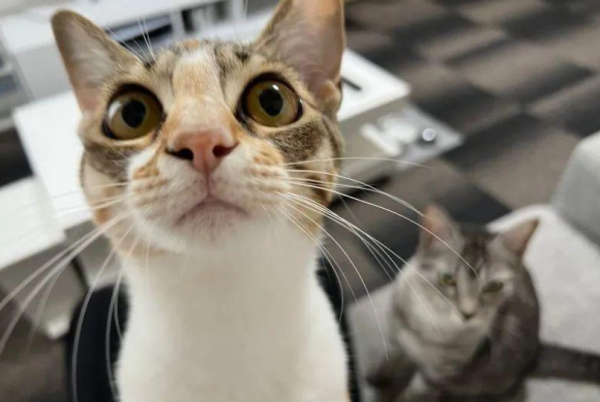How to disinfect pets
Raising pets takes a lot of time. Not only do you need to pay attention to your pet’s diet and daily life, but you also need to clean your pets, clean your living environment, and even disinfect them regularly. This is for the cleanliness of your family environment, and most importantly, it is to prevent the illness of your pets and your family.
cages and kennels to disinfect animals. You can choose stainless steel wire, plastic and other materials with smooth surfaces and easy-to-clean materials. Pay attention to cleaning and disinfection regularly, at least once a week. The usual method is to soak or soak the cage in a disinfectant solution for at least half an hour, then brush it with washing powder, detergent powder, etc., and finally rinse it with clean water and dry it. Disinfectants can choose 3% hydrogen peroxide or 0.1% chlorine dioxide solution, which has a strong killing effect on viruses, spores, bacterial propagates, etc. In addition, 1%-2% bleach supernatant can also be used. Since disinfectants may have adverse effects on pets, the disinfectant should be rinsed thoroughly after disinfection.

Larger ornamental dogs and security dogs should be built outdoors. Choose a place with good ventilation and plenty of light. The kennel floor is smooth and can be covered with artificial leather for easy cleaning.
Cats and dog kennels should be cleaned regularly, and feces, dirt and garbage should be cleaned in time, and disinfected frequently. Generally, spray or spray disinfectant is used. The disinfectant can use 3% hydrogen peroxide, 0.1% chlorine dioxide solution, 10%--20% bleach emulsion.
If pets are kept indoors, they should also pay attention to air disinfection.
Disinfection of pet fur
The fur of pet is inevitably contaminated with bacteria and parasites, so the pet fur should be cleaned daily, that is, bathing the animals with warm water and disinfecting them regularly. If you are sick, the fur will be covered with a large number of pathogenic bacteria or parasites. When treating the pet, it must be disinfected. Here are some commonly used methods:
Chlorophobia Alcohol Disinfection Use 75% Chlorophobia Alcohol to apply 75% Chlorophobia Alcohol to wipe the wound or wound with a cotton swab. It can kill the suppurative Pseudomonas aeruginosa and prevent the wound from suppuration, but this disinfectant has a certain irritation.
Iodine Disinfection Iodine Disinfection Iodine is a powerful disinfectant that has a good killing effect on bacteria and molds, and is irritating to the skin and mucosa. Usually, the skin is disinfected and local chronic inflammation is applied at the injection site.
Surfactant disinfection This type of disinfectant usually includes Xinjielm, Dumefen (disinfection) and chlorhexidine. The general concentration for skin disinfection is: 1% for Xinjielmide, 0.5% for Du Mifen, and 0.05% for chlorhexidine. Among them, chlorhexidine has the strongest bactericidal effect. It is still effective when pus and blood exist, and has little toxicity and irritation. It is an ideal disinfectant. The above three disinfectants can be used in pets' "medicine baths".
Oxidant Disinfection These disinfectants mainly include hydrogen peroxide (hydrogen peroxide), potassium permanganate, etc. Potassium permanganate is more easily obtained in households, and an aqueous solution with a concentration of 0.1% is generally used. Mainly used for wound disinfection.
Pay attention to the hygiene of pet food, which is not limited to humans, but also to animals. In addition to paying attention to the nutrition of feed, mammals such as cats should also pay attention to food hygiene. The following points should be paid attention to:
For meat feed, it should be fully heated. Especially for animal internal organ foods such as intestines, stomachs, livers, etc., you must cook them thoroughly; do not use spoiled foods to feed pets; leftover vegetables and leftover rice should be heated first before feeding.
Disinfection of tableware and other tools
Check iron, ceramics and plastics can be used to facilitate soaking, cleaning and disinfection. Usually, you can prepare a few more tableware, which should be replaced in time after each use, and the residual food should be removed in time. Generally, you can soak it with 0.01%--0.2% peracetic acid, 1%-2% bleach supernatant or 2%-3% soda ash hot solution for about 10 minutes. After taking it out, rinse it with clean water and drain it for the next time.
Other breeding tools such as collars, brushing tools, and decorative supplies should also be disinfected. Appropriate disinfectants can be selected according to the material for soaking and disinfection.





